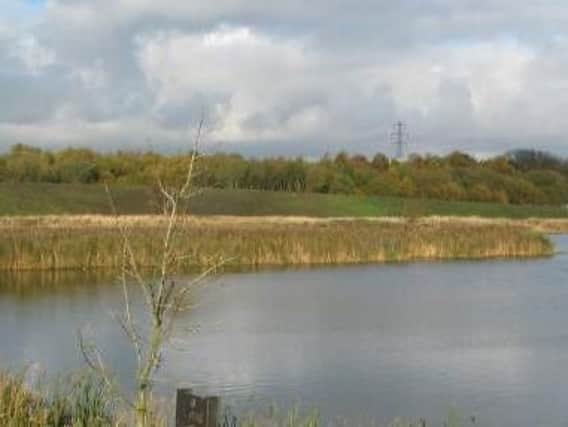Wigan Flashes project key to aiding rare bird


Work has now been undertaken by the Lancashire Wildlife Trust and Wigan Council to reprofile the reed beds which form part of Bryn Marsh.
Campaigners have lowered the beds and carried out replanting along a one-and-half hectare stretch through the Site of Special Scientific Interest as part of a scheme backed by the
Advertisement
Hide AdAdvertisement
Hide AdCarbon Landscape Partnership for Wigan, Warrington and Salford.
And not only is fish life at the Wigan Flashes site set to be enhanced but the initiative should provide an improved habitat for bitterns.
Mark Champion, the wildlife trust’s Wigan manager, said: “The Lancashire Wildlife Trust and Wigan Council are really happy with the way the project has turned out – we are just hoping the wildlife is as keen.
“It will benefit bitterns and other reed bed wildlife, adding to the mosaic of habitats across the landscape.”
Advertisement
Hide AdAdvertisement
Hide AdKnown for their distinctive “foghorn” mating call, bitterns have previously been placed on the RSPB’s “red list” of threatened species because stretches of reed beds, their favourite territory, have gradually disappeared across the UK.
In the 1990s their numbers had plummeted to such an extent that there were thought to be only around 11 males left nationwide.
Conservation efforts by wildlife trusts up and down the country have helped to gradually improve the bittern’s plight.
Just recently the Carbon Landscape Partnership and Greater Manchester Local Record Centre undertook a bitterns survey for local nature reserves.
Advertisement
Hide AdAdvertisement
Hide AdBittern numbers are understood to be steadily increasing in the Wigan area and Lancashire but conservationists have been keen to stress the importance of continued monitoring.
Part of the heron family, the birds are said to be shy and retiring, using their camouflaged plumage to blend in with the reeds.
Bryn Marsh and Ince Moss nearby have been Sites of Special Scientific Interest since 1989 amd support a host of bird communities.
Migrant swallows, wagtails and passerines also use the reed beds for roosting and the areas host everything from little grebes, great crested grebes and mute swans to tufted ducks, snipes, redshanks and reed and sedge warblers.
Advertisement
Hide AdAdvertisement
Hide AdSparrowhawks and long-eared owls are also known to be common over the winter months.
Bitterns have been visiting Wigan Flashes for several years now and this is regarded as quite a coup, especially given what the now acclaimed nature reserve used to be before its 1990s transformation from a series of dirty and unwanted lakes formed by collapsed mine workings into one of the region’s most important wildlife havens.